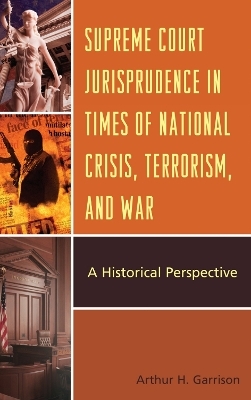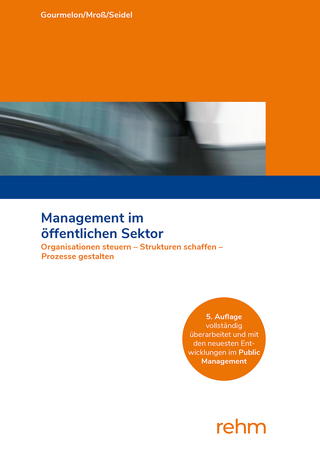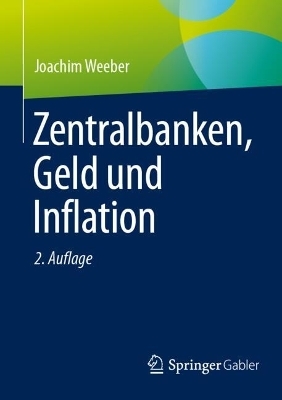
Supreme Court Jurisprudence in Times of National Crisis, Terrorism, and War
Lexington Books (Verlag)
978-0-7391-5102-0 (ISBN)
From the foundation of the American Republic, presidents have had to deal with both internal and external national security threats. From President Washington and his policy of neutrality during the wars between Great Britain and France in the eighteenth century, to President Lincoln and the war to save the union, to President Wilson during the war to end all wars, to President Roosevelt and war of the Greatest Generation, to President Truman and his steel during the forgotten war, and most recently to President Bush and the War on Terror, presidents have had to use their power as commander-in-chief to meet the challenges of national crisis and war. The judiciary, specifically the Supreme Court, has also played an integral part in the historical development and defining of the commander-in-chief power in times of war and national crisis from the earliest days of the republic. How these powers have grown is a consequence of how the presidents have viewed the office of the presidency and how the judiciary has interpreted the commander-in-chief and executive power clauses of the U.S. Constitution over time.
Supreme Court Jurisprudence in Times of National Crisis, Terrorism, and War provides a chronological review of the major national security and war events in American history. Garrison reviews the great debates between Hamilton and Madison and Chief Justice Roger Taney and Attorney General Edward Bates on presidential executive power and how subsequent presidents have adopted the Hamiltonian view of the presidency. He also examines how Article III courts, specifically the Supreme Court, have defined, expanded, and established boundaries on the commander-in-chief power. With this historical backdrop, Garrison reveals how, for over two centuries, the judiciary has defended the rule of law and maintained the principle that under the U.S. Constitution neither the guns of war nor threats to safety have silenced the rule of law.
Arthur Garrison is an assistant professor of criminal justice at Kutztown University and formally the Senior Criminal Justice Instructor at the Philadelphia Campus of Kaplan University (Thompson Institute) and Principal of Garrison Consultants, LLC. Dr. Garrison has published in various academic journals including the Juvenile and Family Court Journal, Criminal Justice Studies, Court Review, American Journal of Forensic Psychology, Police Studies, Journal of Police and Criminal Psychology, Professional Issues in Criminal Justice, Youth Violence and Juvenile Justice, Journal of Police and Criminal Psychology New England Journal on Criminal and Civil Confinement, the American Journal of Trial Advocacy, Issues in Child Abuse Accusation, the Journal of Supreme Court History, the Journal of the Institute of Justice and International Studies, and the Cumberland Law Review on a wide variety of criminal justice topics including constitutional law and history. He holds a B.A. in Political Science with a minor in History from Kutztown University of Pennsylvania, a M.S. in Criminal Justice from West Chester University of Pennsylvania, and a Doctor of Law and Policy from Northeastern University.
Introduction
Part One:National Security, the Rise of Presidential Power, the Rule of Law, and the Development of Constitutional Boundaries on Political Necessity and the War Power
Chapter 1: The Rise of Presidential Authority in Times of National Crisis
Chapter 2: The Supreme Court and Presidential Authority in Times of National Crisis
Communism, Red Scares, National Security, Free Speech, and the Supreme Court
Chapter 3: World Wars, the Red Scare, and Free Speech I: World War One, the First Red Scare (1917-1920), and Free Speech
Chapter 4: World Wars, the Red Scare, and Free Speech II: World War Two, the Second Red Scare (1947-1957), Free Speech, and the Loyalty Oath Cases
Case Studies in Presidential Power and the Judiciary
Chapter 5: Mr. Roosevelt and His Camps
Chapter 6: President Truman and His Steel
Part Two: September 11, 2001, Terrorism, and the Vindication of the Rule of Law
Chapter 7: September 11th, the War on Terrorism, and the Judiciary
Chapter 8: Enemy Combatants: Is the President's Designation Enough?
Chapter 9: Captured Terrorists: Guantanamo Bay, Military Commissions, and Habeas Corpus
Appendix to Chapter 9
Rasul et al v. Bush
Hamden v. Rumsfeld
Boumediene v. Bush
Chapter 10: The Rule of Law and the Judiciary in Times of Crisis
Chapter 11: A Summary of Cases
| Verlagsort | Lanham, MD |
|---|---|
| Sprache | englisch |
| Maße | 163 x 240 mm |
| Gewicht | 903 g |
| Themenwelt | Recht / Steuern ► EU / Internationales Recht |
| Recht / Steuern ► Öffentliches Recht | |
| Sozialwissenschaften ► Politik / Verwaltung ► Staat / Verwaltung | |
| ISBN-10 | 0-7391-5102-9 / 0739151029 |
| ISBN-13 | 978-0-7391-5102-0 / 9780739151020 |
| Zustand | Neuware |
| Haben Sie eine Frage zum Produkt? |
aus dem Bereich


